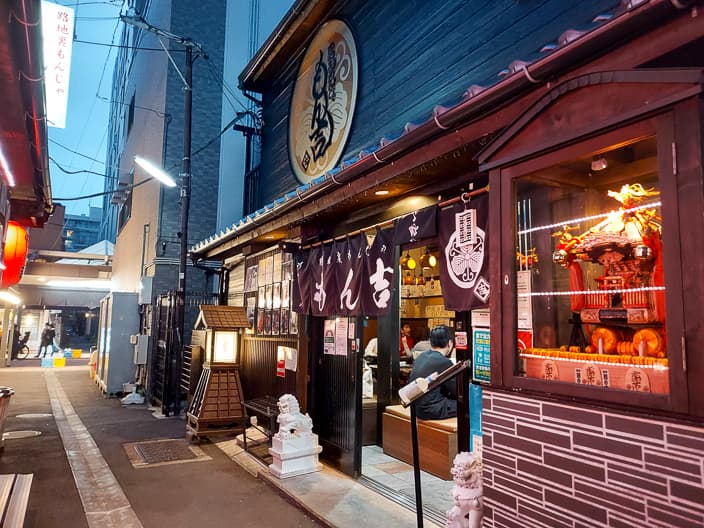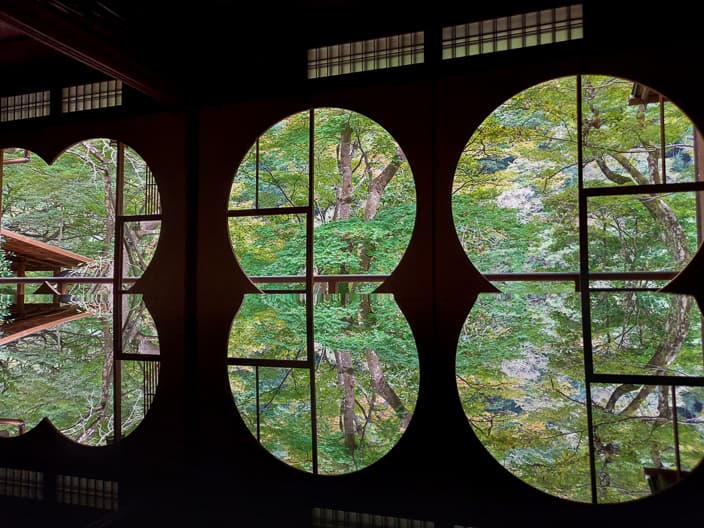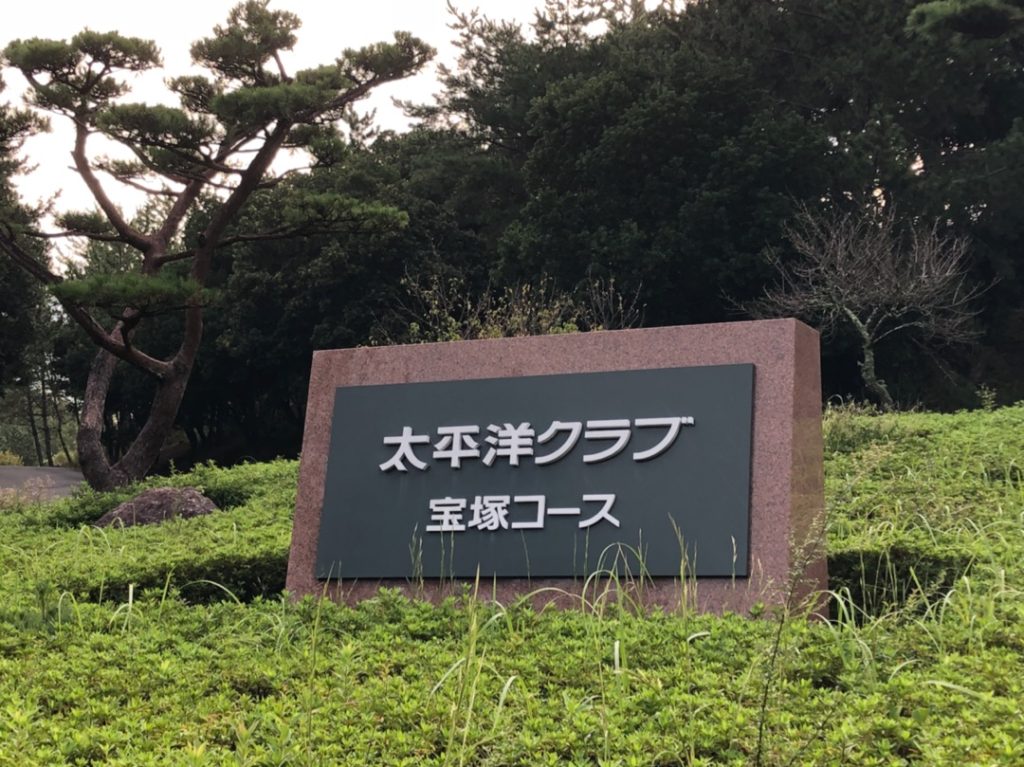

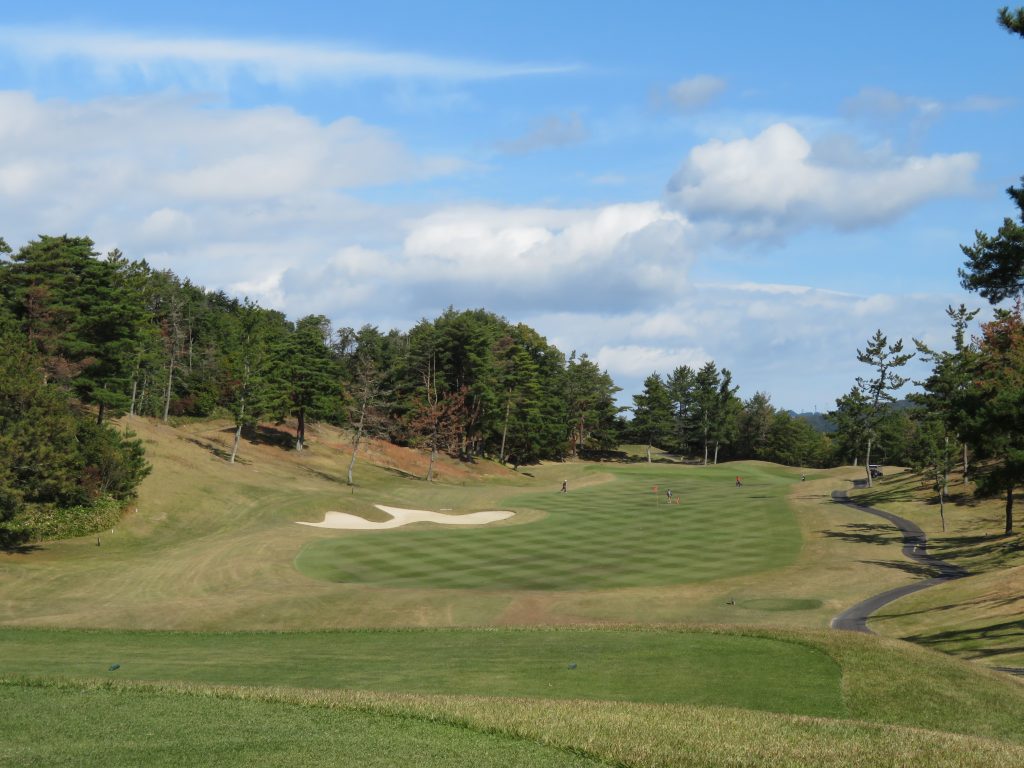
It seems that the world-famous animation “JOJO’s Bizarre Adventure”, the first of which was published in 1986, has reached its 35th anniversary this year. In addition to the long-term serialization of magazines, the book series has exceeded 100 volumes, and the cumulative circulation worldwide has exceeded 120 million copies, making it a popular anime work representing Japan. I had a connection with the author, Hirohiko Araki, and had the opportunity to attend the commemorative event and celebration ceremony. One of the participants from celebrities from various fields was Mao Daichi, a former top star of the Takarazuka Opera Company. Mr. Araki is also a friendly person who does not feel his own age, but Ms. Daichi, a big star, was also a charming person who feels a friendly and gentle personality.


The Takarazuka Opera Company, which consists of only unmarried women, has continued for nearly 110 years since its first performance in 1914, and is still very popular with women of all ages. Performances are held about nine times a year at two major theaters, Takarazuka City, Hyogo Prefecture, and Tokyo. The program features a gorgeous stage that only women can perform with musicals and reviews created from a wide range of genres from ancient times to east and west. Girls aiming to become members of the longed-for theater company (Takara Jenne) are required to enroll in the Takarazuka Music School in Takarazuka City, but the entrance examination rate has exceeded 80 times (82nd term) in the past, and has been declining recently. Even though it is in the 110th grade of enrollment this year, it is a narrow gate with a magnification of nearly 20 times.

Even if you win the fierce competition and become a member of the theater company, only a few top stars can be given an important role on the stage. Ms Daichi became the top star and made an outstanding performance in Takarazuka, and even after leaving the theater company in 1985, she has been active on the stage and on TV mainly in musicals as an actress. In 2014, she was selected as one of the first 100 members of the “Takarazuka Opera Hall of Fame”, which was established to commemorate the 100th anniversary of the theater company. Even now, 37 years after leaving the theater company, she continues to shine as an actress with the personality of a queen, but I thought that her behavior that did not show it in everyday life was excellent.
Takarazuka Opera is not the only one that is famous in Hyogo Prefecture. It is said that there are about 2,300 golf courses in Japan, but the largest number in the ranking by prefecture is Hokkaido (169 courses, 2022), which has vast land. Hyogo Prefecture (159 courses , same) has the second largest number of courses after that. Moreover, there are not only numbers but also “Kobe Golf Club”, which is the oldest golf course in Japan, and “Hirono Golf Club”, which is a sacred place for Japanese golf along with Augusta and St. Andrews. In addition, it is known that there are famous courses such as “Naruo Golf Club”, “Nishimiya Country Club” and “Ashiya Country Club “.

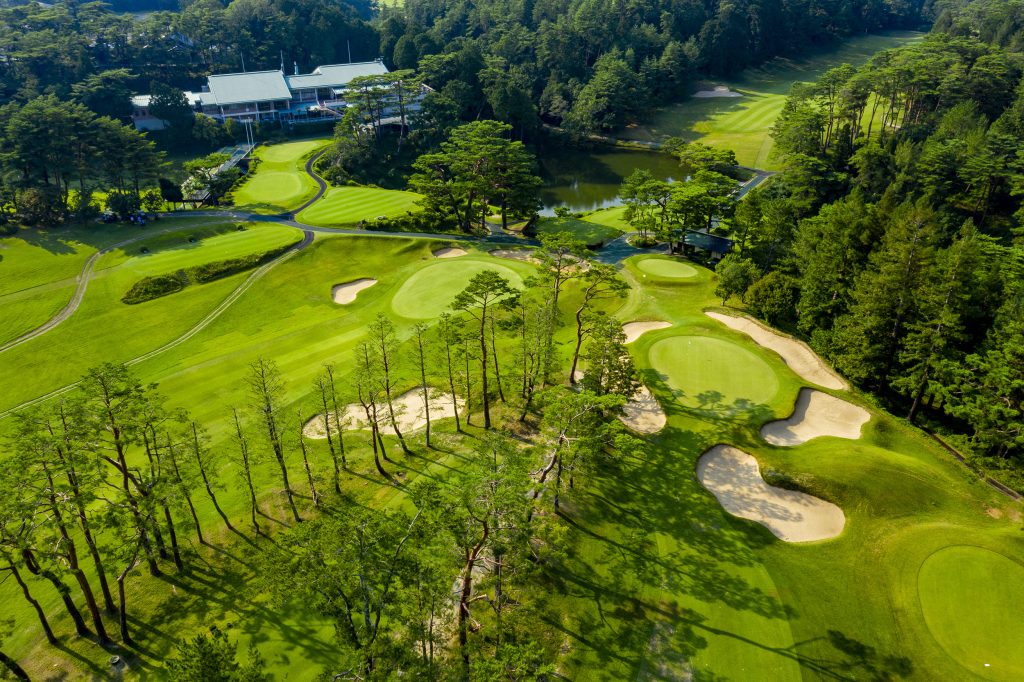
In Hyogo Prefecture, which has the background to create such a prestigious course, there are many other famous courses that you will want to play, one of which is the “Taiheiyo Club Takarazuka Course”. The Taiheiyo Club is a prestigious golf course that has been successfully rebuilt under the slogan of “a club that Japan can be proud of in the world” under a new sponsor after experiencing a business collapse in 2012 due to the turmoil after the collapse of the bubble economy.
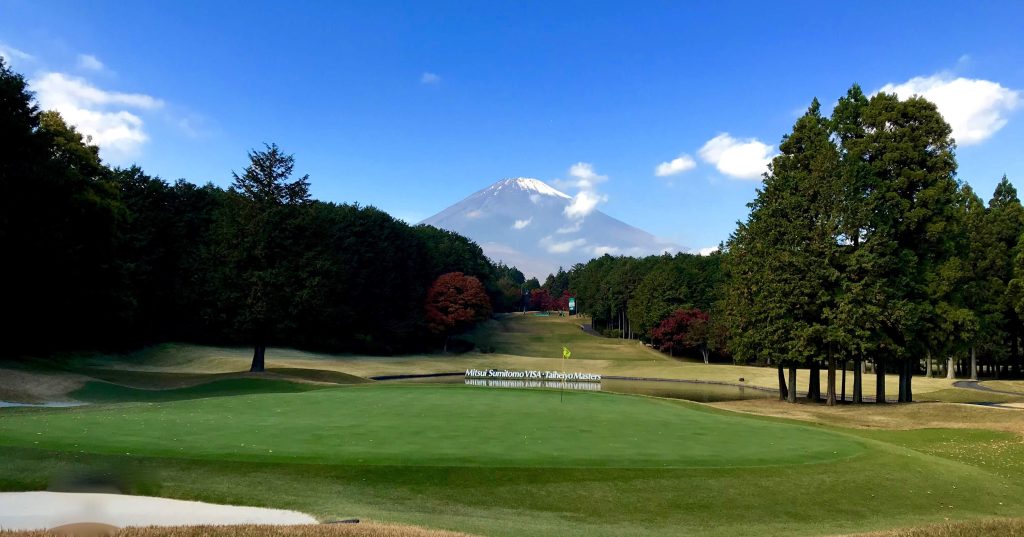
They run 18 courses nationwide now, including the famous course “Taiheiyo Club Gotenba Course” that holds “Sumitomo Mitsui VISA Taiheiyo Club Masters”, one of which is this Takarazuka course. This course is located in the hills along the Shinmeisin Expressway, which can be said to be the prestigious golf Ginza in Hyogo prefecture, where “Naruo Golf Club” and “Yomiuri Country Club” etc. are lined up. Similar to the prestigious courses in the surrounding area, it has a good reputation for its beautiful mountain range and the beautiful scenery of flowers that change with the seasons.

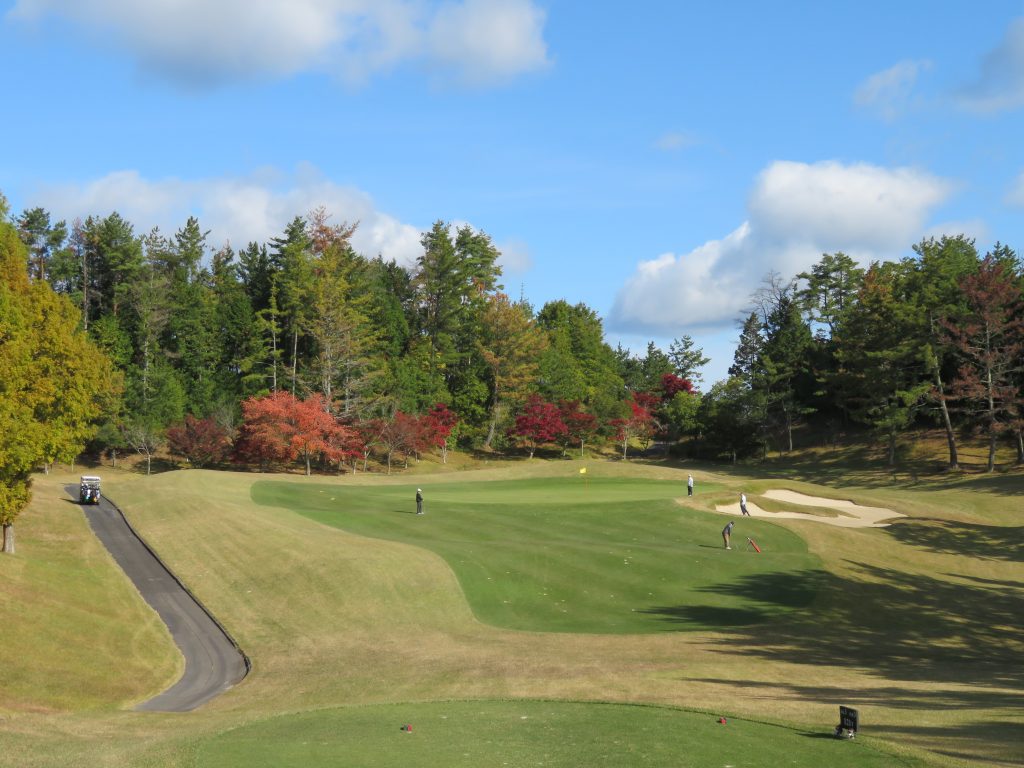
The course was designed by Fukuichi Kato, who is famous as a prestigious course designer, and opened on September 12, 2001. The fairway is relatively flat for a hilly course, but the layout that takes advantage of the natural terrain is varied and each hole gives a different impression. In addition, the well-maintained and large Bent One Green with an average of 800 m2 has exquisite undulations, increasing the difficulty of the course. There are many holes that require accurate control shots with an accurate sense of distance and correct points to put together, and putting that carefully reads the slope of the green.

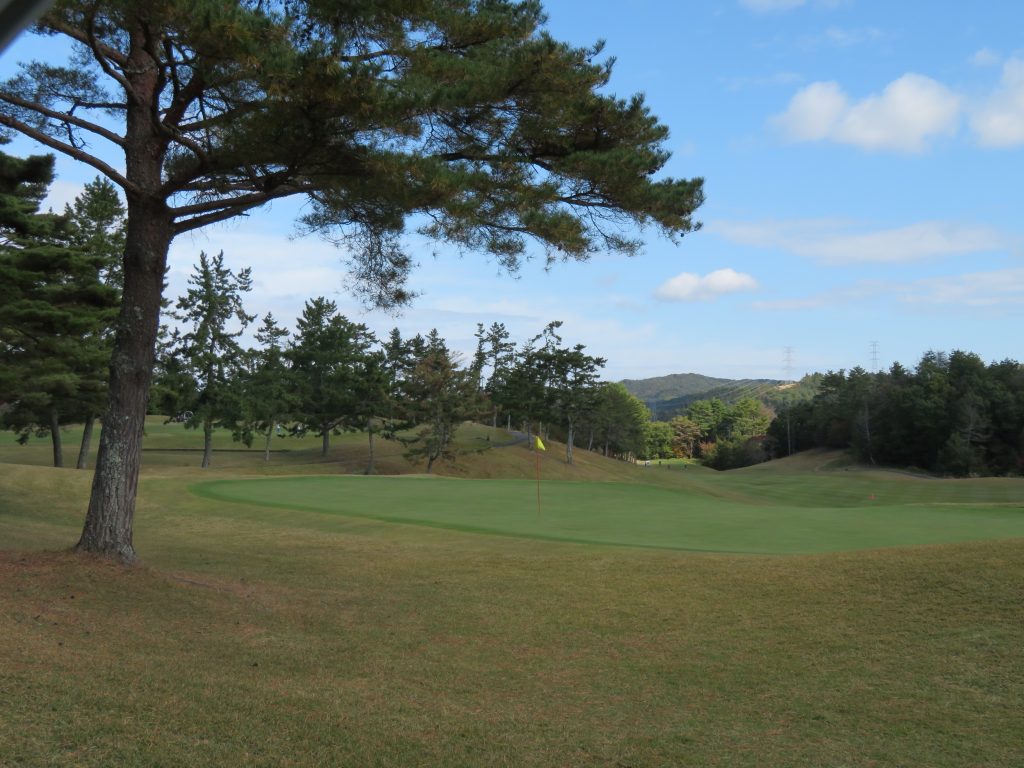
The starting hole 1 (513 yards, par 5) is a gentle downhill hole that draws an S-shaped curve. The green is on a hill where the fairway curves to the left, and if you leave a distance on the approach, the difficulty increases.
The 3rd hole (141 yards, par 3) is a difficult hole despite the short distance because there is a large pond between the tee ground and the green and there are almost no escape routes to the left and right. Beyond the green, it is also a beautiful hall where you can see the mountains in the northern Kansai area.

The 6th hole (160 yards, par 3) is a short hole with a valley on the right side and a mountain on the left side, narrowing like a constricted fairway. Since the distance is relatively long, more accurate tee shots are required.

The 9th hole (424 yards, par 4) is a characteristic middle hole that is downhill and turns to the right at almost 90 degrees around 250 yards from the tee ground. There are four fairway bunker on the right side of the corner that turns to the right, but you cannot see them from the tee ground. Furthermore, there is a solid distance, and when you stand on the tee ground, the place where you aim for the tee shot looks narrow. In addition, it is a difficult hole that is easily affected by the wind because it is located at the highest position on the course.
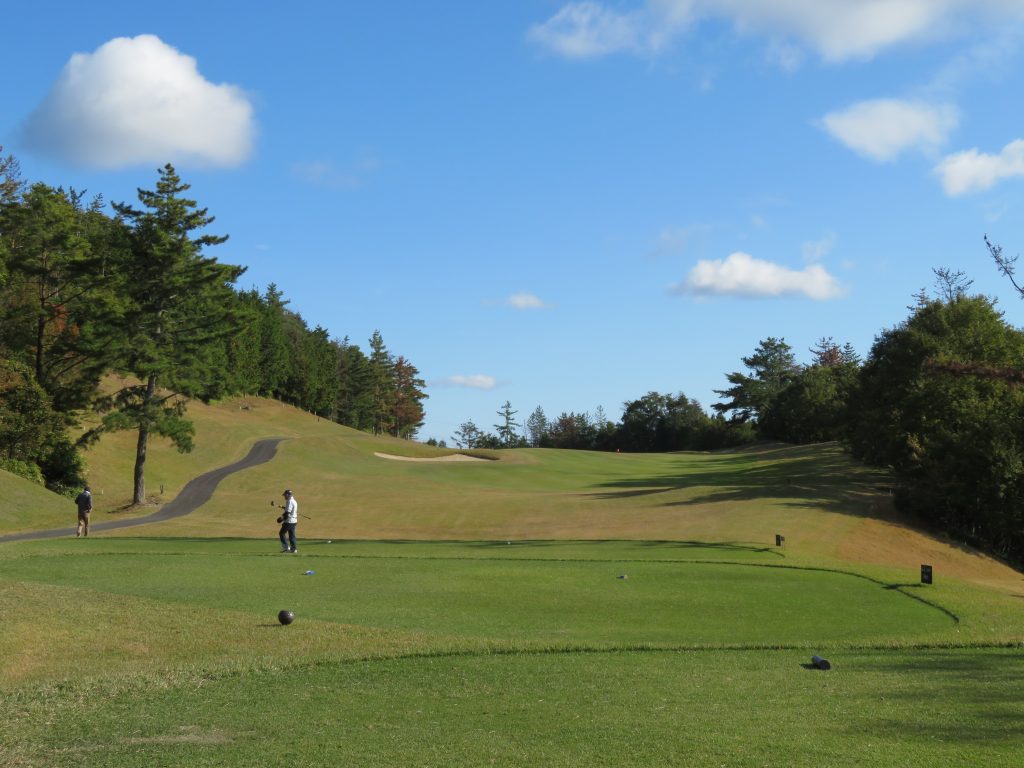
The 11th hole (414 yards, par 4) is a middle hole with a distance, and the fairway curves around the valley on the right side, and the course feels narrow because you can not see ahead. Furthermore, since the fairway is inclined to the right, it is a difficult hole with a high risk of hitting a shot from the fairway in the direction of the OB area on the right.

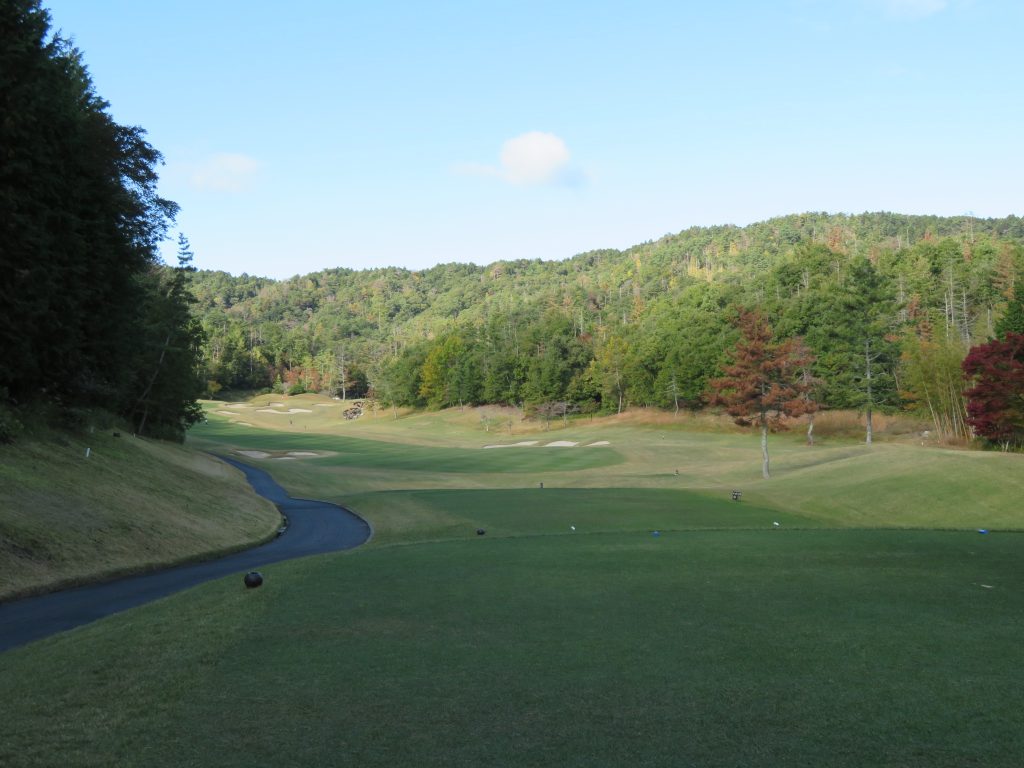
The 13th hole (151 yards, par 3) has a pond running from the front of the tee ground to the green, and there is a narrow fairway on the right side of the pond. A ball carry of nearly 150 yards is required to cross the pond that extends to the far left, so if you are not confident, it is safe to aim for two-on from the right side.

The 15th hole (523 yards, par 5) is a long hole with plenty of distance. You want to get a little more distance on your tee shot, but there’s a pond in front of the tee ground that puts pressure on bold players. Furthermore, there are OBs on the left and right of the fairway after the second shot, so you need to aim for the green more carefully.


The 17th hole (195 yards, par 3) is a short hole over a pond with a long distance. It takes a distance of nearly 180 yards to carry over the pond, so it is safe to aim two-on from the fairway on your right. Here, the duck family, which is also a specialty of the course, welcomes you lively for the purpose of getting food from the caddy.



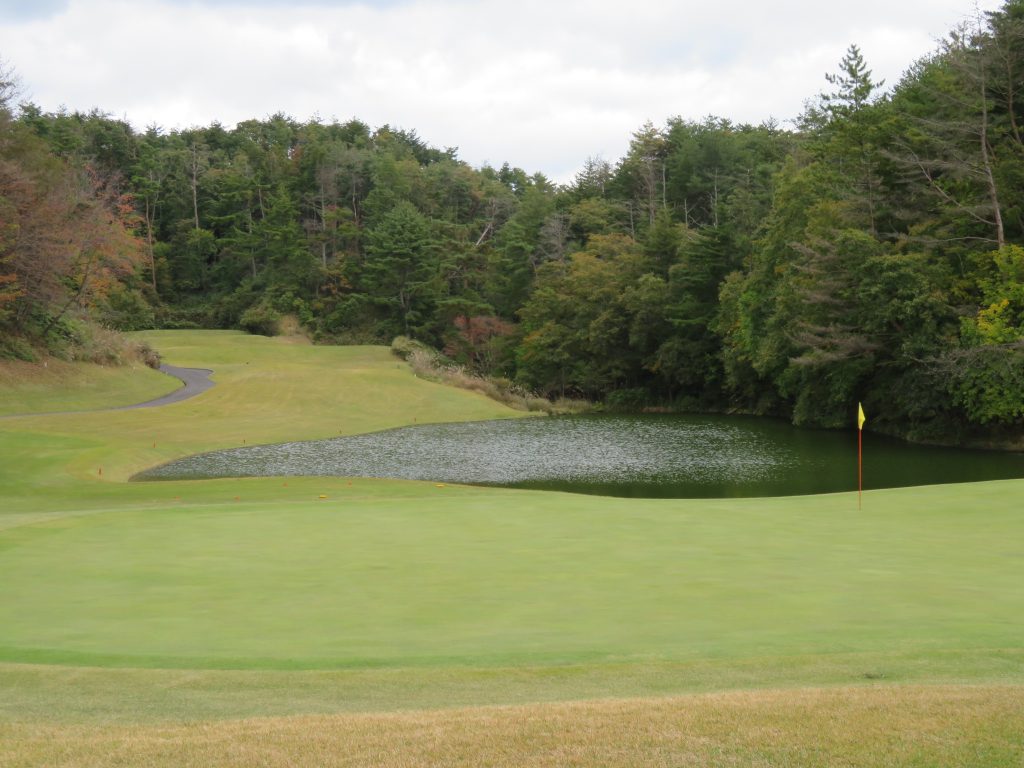
During the round, you can enjoy smooth play by making full use of the cart equipped with the latest navigation system and effectively utilizing the competition leader’s board function that updates the score ranking in real time.

The luxurious clubhouse, which is unified with calm gray stones and sepia colors, is profound and full of elegance.


The restaurant and locker room are also tastefully clean and will heal your tiredness after playing with a relaxing bath overlooking the Japanese-style garden.
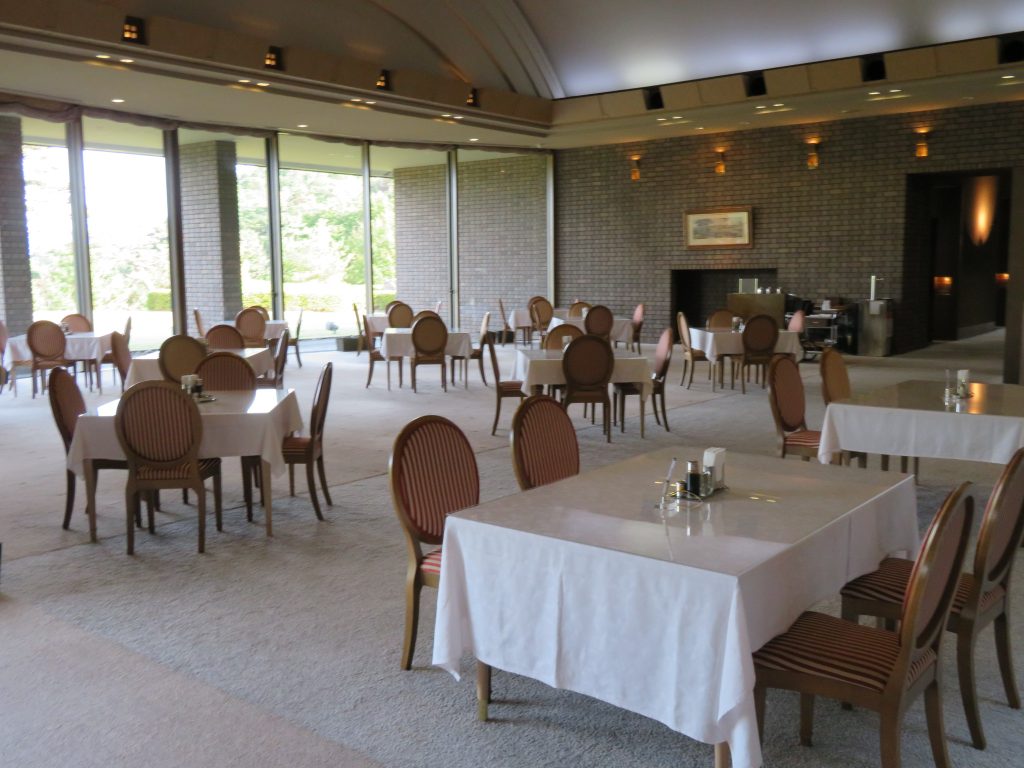
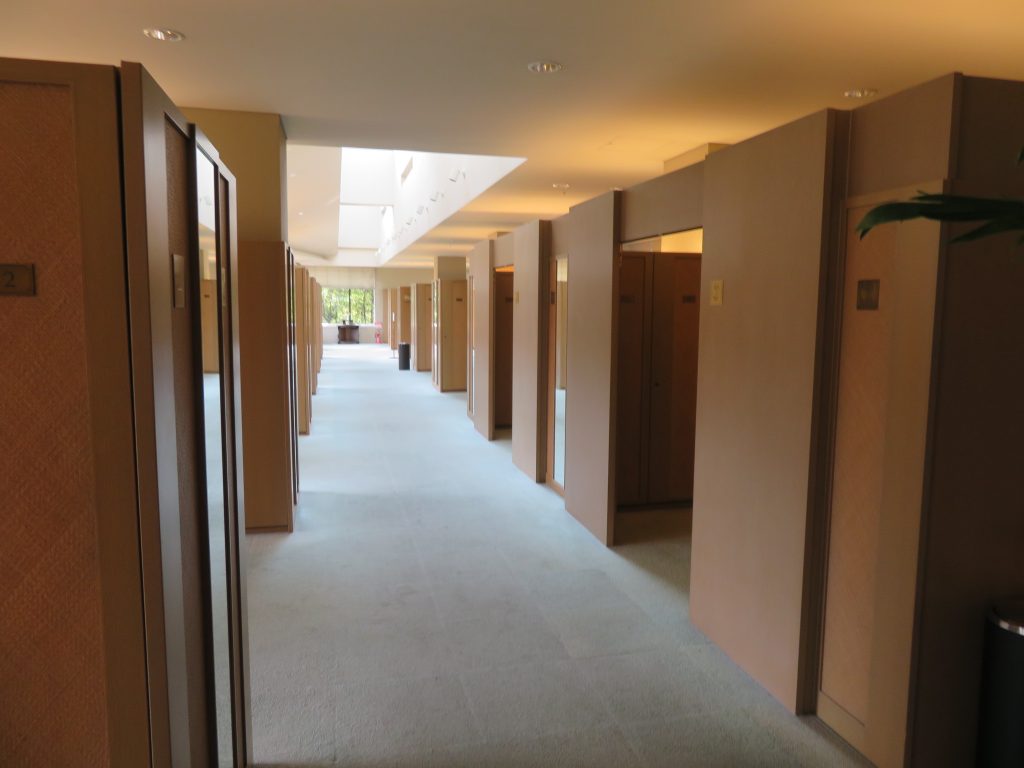
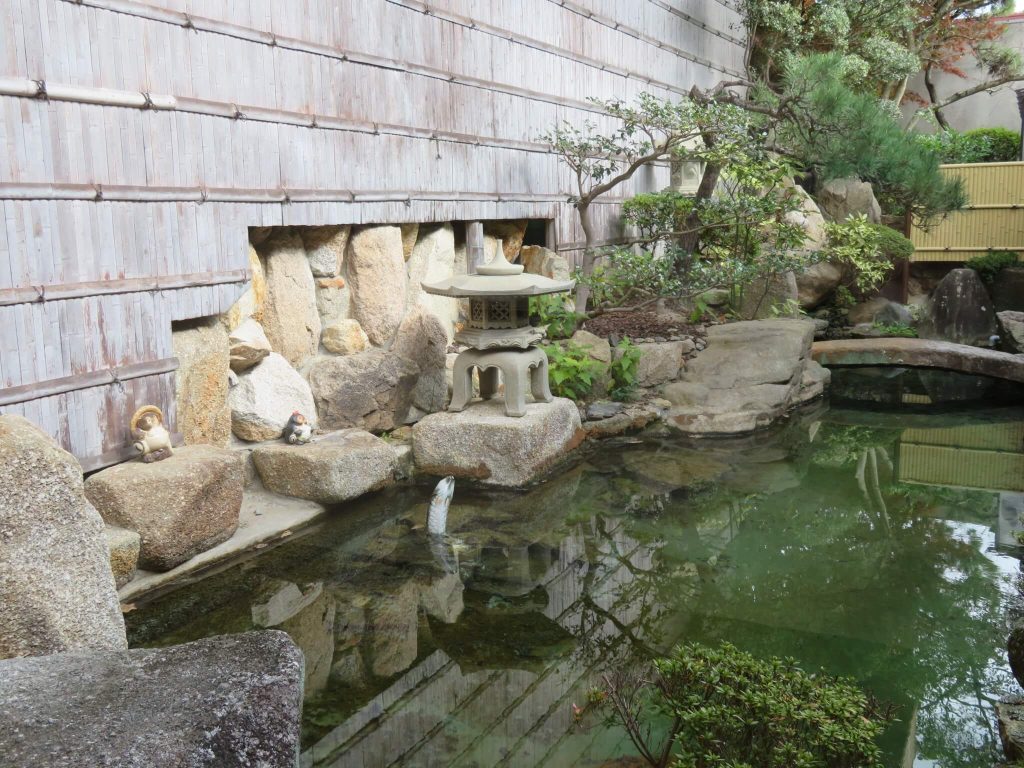
With the opening of the new Meishin Expressway in 2018 and the Kitatakarazuka Smart Interchange 10 minutes from the course, access to the course from the Osaka-Kobe metropolitan area has improved significantly. There is also a club bus from Takarazuka Station on the JR Fukuchiyama Line, which is a highly satisfying course that is easily accessible by car or train. If you have a chance to come to Kansai, please consider playing here.
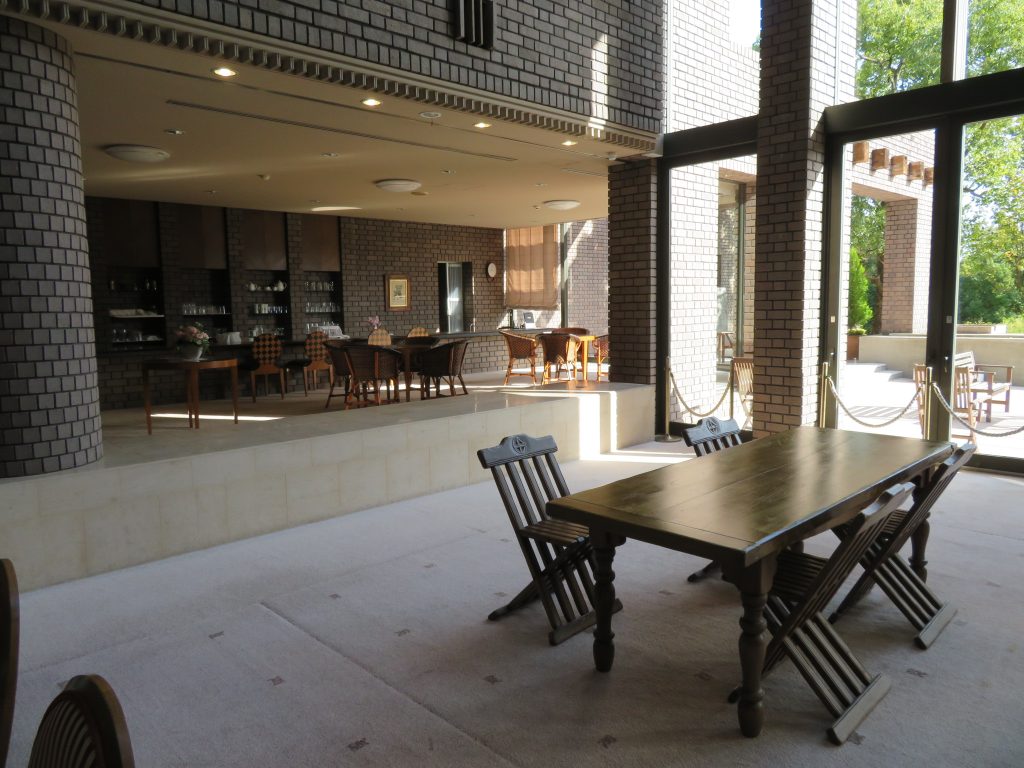
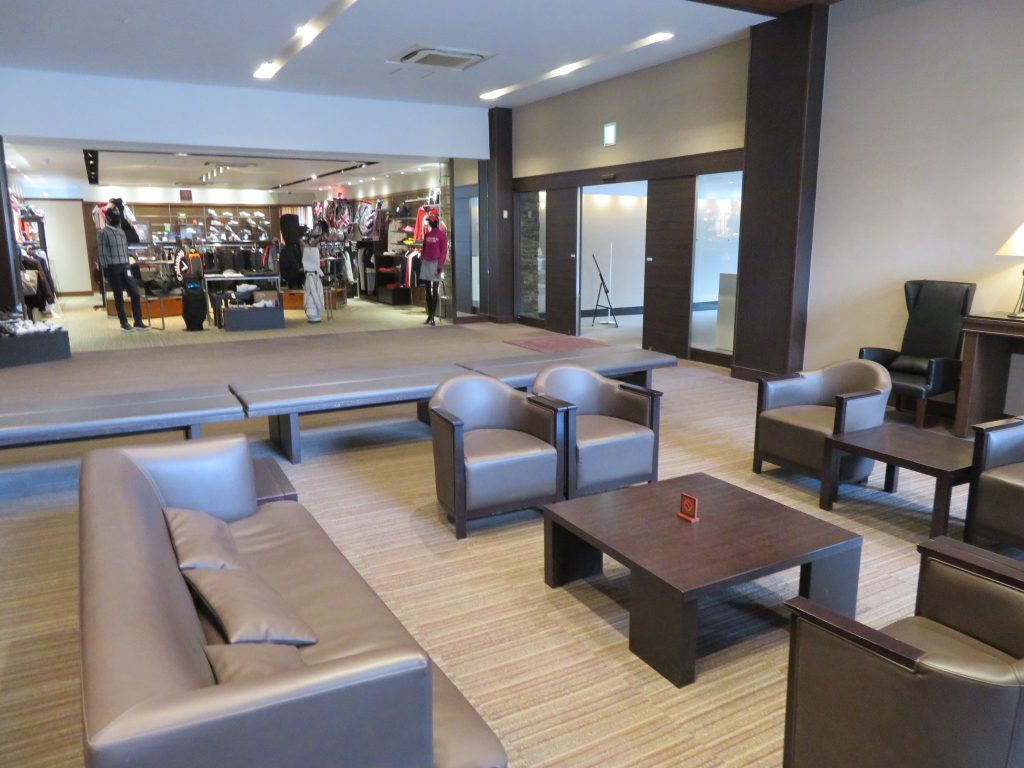
Taiheiyo Club Takarazuka Course
Address 7-2, Shibatsujishinden, Takarazuka, HYOGO
TEL 0797-91-1001


